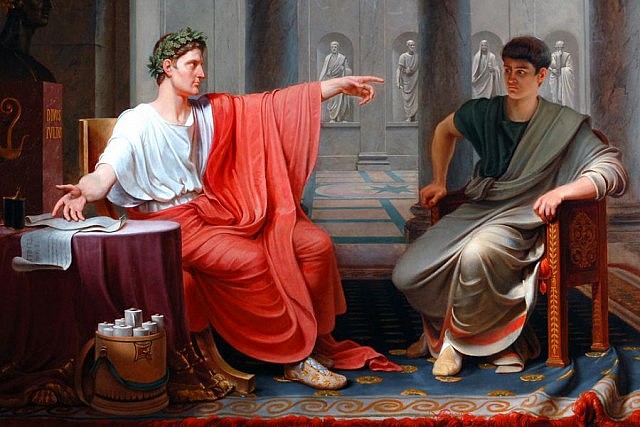If you glance at your calendar this week, you’ll notice an uncommon occurrence: Feb. 29. Wondering why? Well, every four years, something special unfolds at the end of February. This anomaly arises because the Earth’s orbit around the Sun isn’t a perfect 365 days but roughly 365 and a quarter days, resulting in an additional day on our calendars to maintain cosmic equilibrium.
Though this phenomenon occurs only once every four years, Feb. 29 has witnessed remarkable events throughout history, including adventures of famous explorers, significant earthquakes etc.
What is a leap year?
It’s a period that occurs roughly every four years when an extra day is appended to the Gregorian calendar, extending the total duration of that year to 366 days instead of the usual 365. This extra day is tagged onto the end of February, commonly referred to as leap day.
But why do we have leap years? Essentially, leap years serve to synchronize the months with annual astronomical events such as equinoxes and solstices. This adjustment is crucial because Earth’s orbit isn’t precisely 365 days long—it’s slightly more. To be precise, it’s about six hours longer than that, as noted by NASA. Without leap years, our calendar would gradually fall out of sync with the natural cycle.
However, not every fourth year is a leap year. If we were to add a leap day every four years without exception, the calendar would eventually become longer by over 44 minutes, leading to significant discrepancies over time. To rectify this, a rule was established that years divisible by 100 don’t adhere to the four-year leap day rule unless they are also divisible by 400.
History of leap years
The concept of leap years has evolved over time. While ancient civilizations relied on the sun’s position for determining agricultural timings, the need for a standardized calendar grew. Julius Caesar introduced the Julian Calendar in 45 BC, incorporating an annual extra day based on Egyptian calculations.

However, a miscalculation of 11 minutes per solar year resulted in a significant drift in seasons. In the 16th century, Pope Gregory XIII addressed this with the Gregorian Calendar, refining the leap year system to include leap days in years divisible by four, except those divisible by 100. Yet, years divisible by 400 still receive a leap day to realign the calendar with the seasons.
Next leap years
As for the next leap years, they are slated for 2028, 2032, and 2036. The most recent leap year we experienced was in 2020.





































